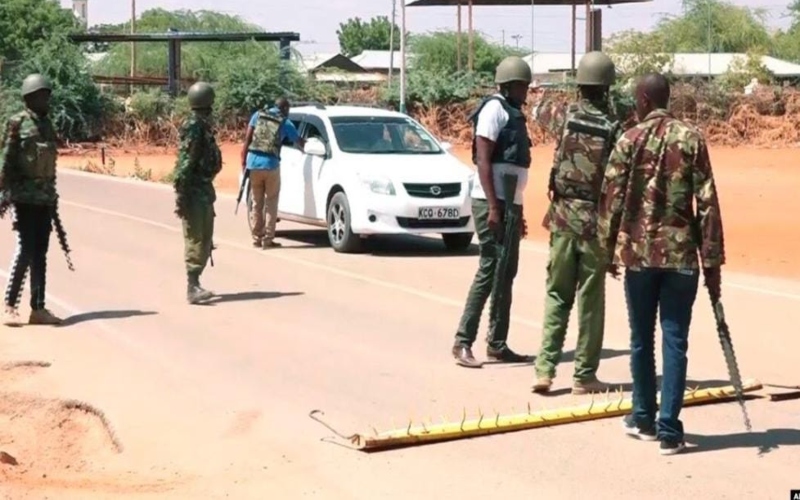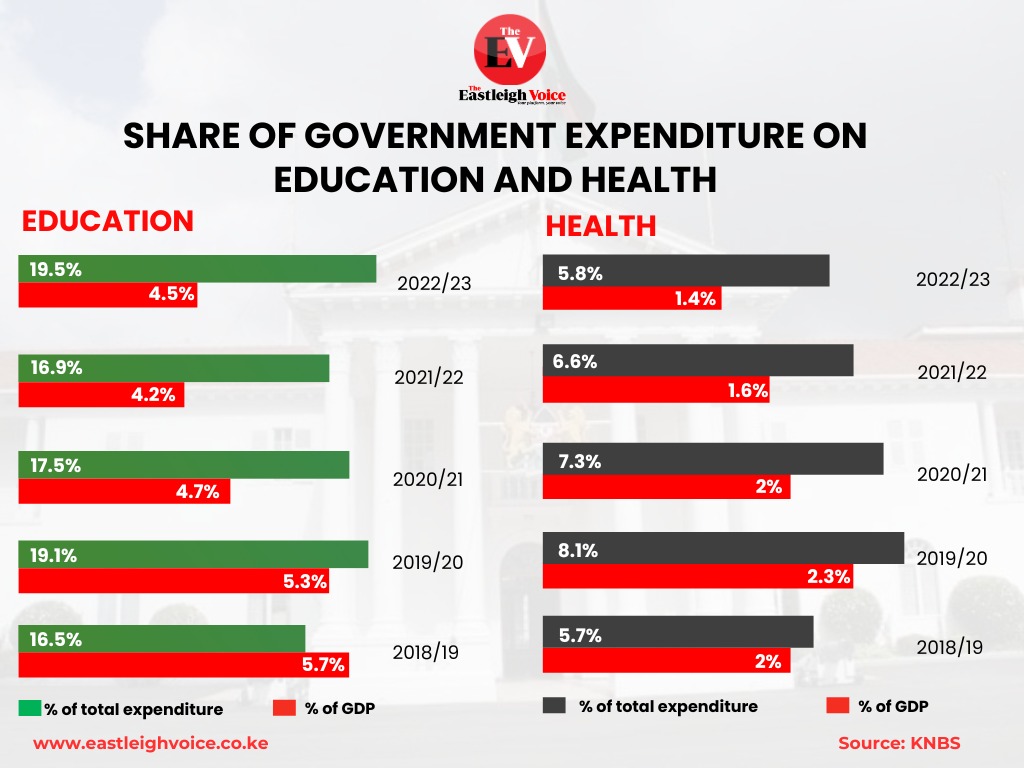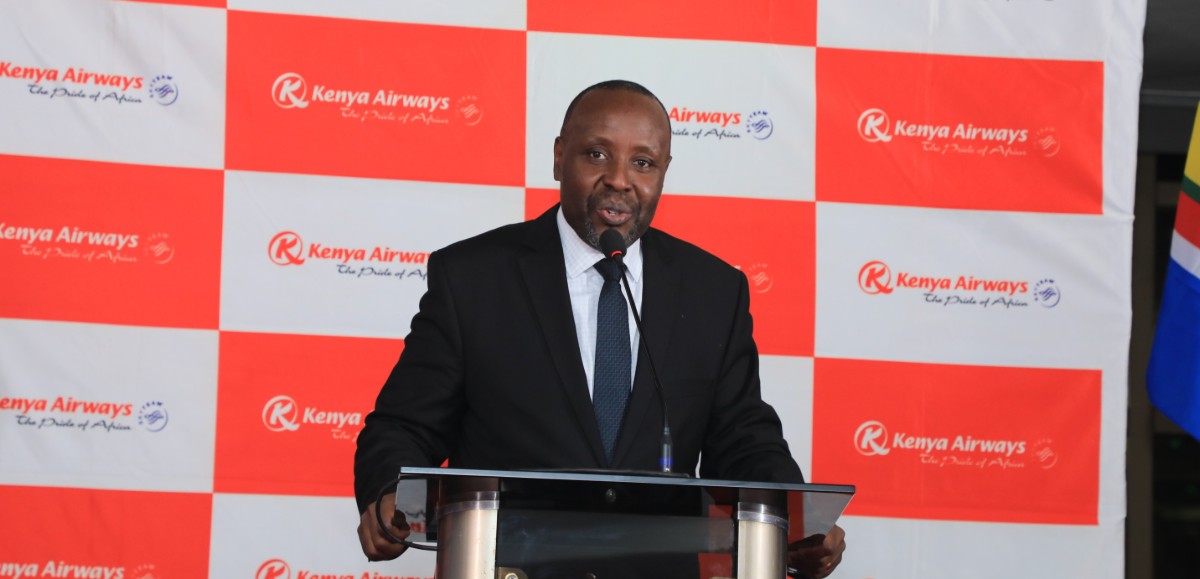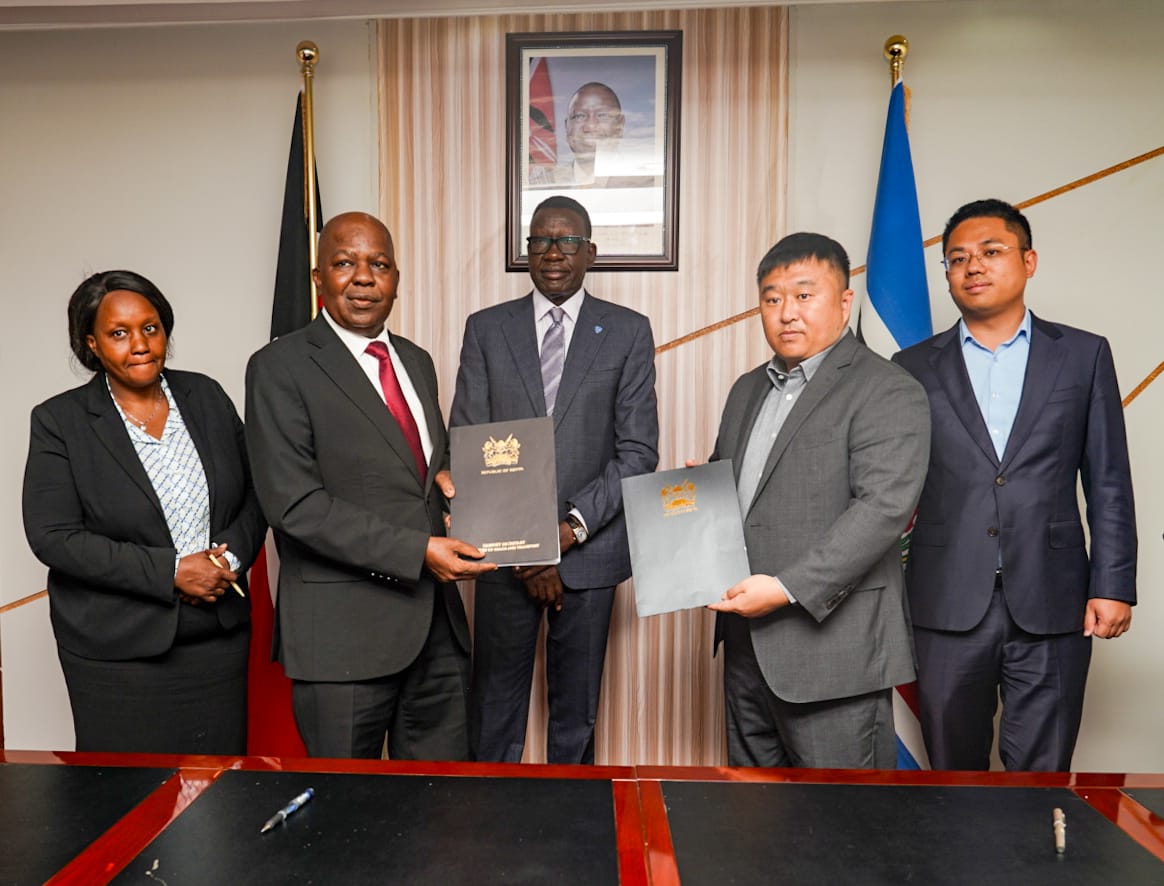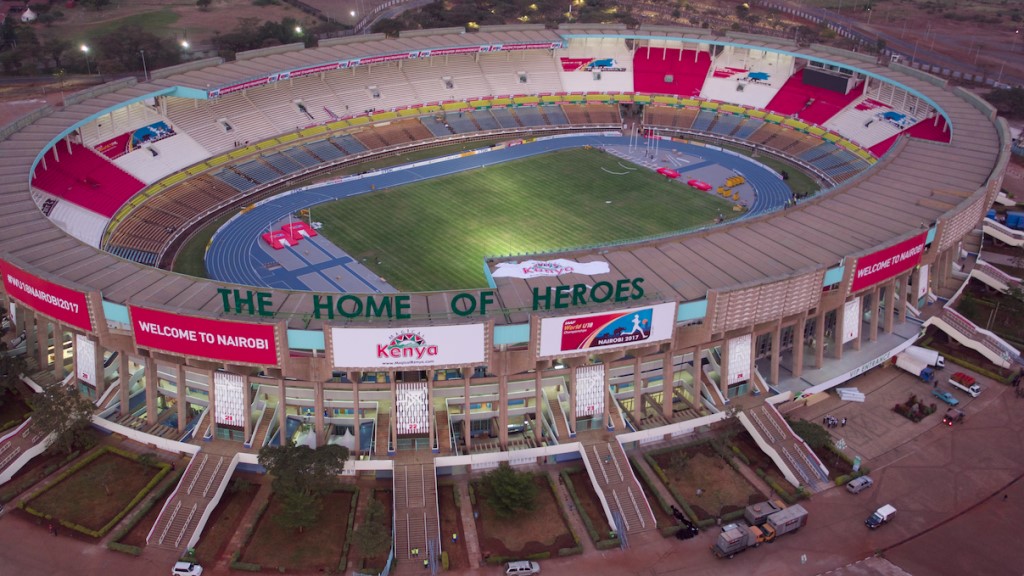School buses to display complaints hotline number under new NTSA rules
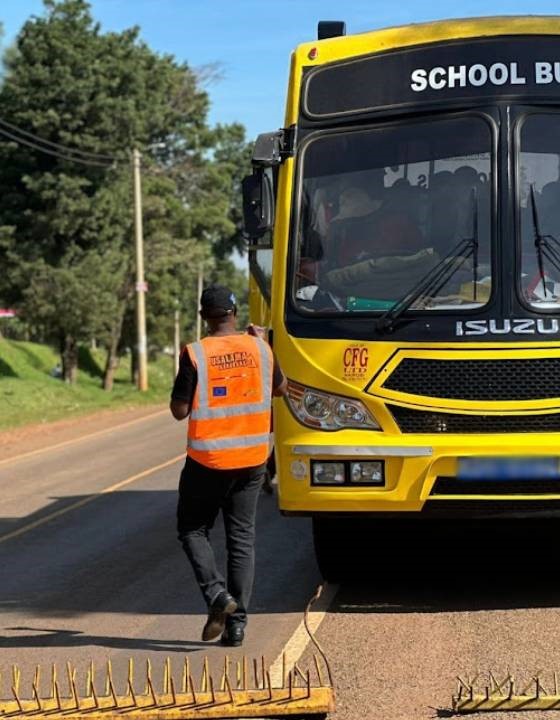
The proposed measures align with the authority’s commitment to enhancing school transport safety in line with global best practices.
School transport vehicles in Kenya will be required to meet stricter safety requirements under new draft regulations introduced by the National Transport and Safety Authority (NTSA).
The Draft Traffic (School Transport) Rules 2025 propose that all school vehicles display a complaints contact number under the statement “IN CASE VEHICLE BEING DRIVEN RECKLESSLY CALL” and have the phrase “DO NOT PASS WHEN RED LIGHTS ARE FLASHING” clearly marked at the back in black block letters at least eight inches high.
More To Read
- Cabinet approves second-generation smart driving licences to revolutionise road safety
- Eastleigh boda boda riders adopt unique reflectors to boost safety, gain customer trust
- Government eyes handing NTSA’s smart driving licence programme to private investor
- NTSA raises alarm as road deaths climb to 4,458 in 2025
- 62 PSV drivers suspended over safety violations, ordered to re-test by NTSA
- NTSA revives alcoblow, night patrols, mobile courts to curb road accidents during festive season
The proposed rules also require school transport vehicles to be painted yellow (colour code FFD800) and prominently display the words “SCHOOL BUS” on both the front and rear.
They must also be fitted with functional safety belts designed for children and have at least one accessible fire extinguisher on board.
Additionally, vehicles must be equipped with dual red-light indicators on the top front and rear sides, stop signal arms on the front and rear right-hand sides, and mirrors that allow the driver to have a clear view of the vehicle’s sides and rear.
A vehicular telematics system approved by the Kenya Bureau of Standards (KEBS) must also be installed.
The regulations, further set strict requirements for school bus drivers, who must hold a valid NTSA license for the specific category of vehicle and undergo annual assessments for criminal records, including checks for child abuse convictions and driving under the influence offences. They will also be required to complete annual medical tests.
In addition, school vehicle attendants must be licensed by NTSA as public service vehicle conductors and undergo annual criminal record assessments. Their responsibilities include assisting students in boarding and alighting, ensuring they are properly secured, and maintaining safety and discipline on board.
In addition to vehicle attendants, NTSA has emphasised the need for crossing guards to enhance the safety of schoolchildren.
The guards will be stationed at school entry and exit points, as well as pedestrian crossings, to manage traffic and ensure children can cross roads safely without the risk of speeding vehicles.
The authority has also highlighted the importance of the “Stop signal arm,” a device that extends from the side of a school bus when it stops to pick up or drop off students.
The signal will alert other motorists that they must come to a complete stop and wait until the students have safely boarded or alighted, preventing accidents caused by vehicles attempting to pass stationary buses.
The draft rules further limit school vehicle operations to between 5 am and 10 pm and set a maximum speed limit of 80 km/h.
Each student must be allocated a seat, with standing passengers strictly prohibited. Additionally, school vehicles will be subject to bi-annual inspections to ensure compliance with the outlined safety standards.
To gather public input, NTSA has scheduled participation forums across various counties, including Nairobi, Mombasa, and Kisumu.
The proposed measures align with the authority’s commitment to enhancing school transport safety in line with global best practices.
Top Stories Today

